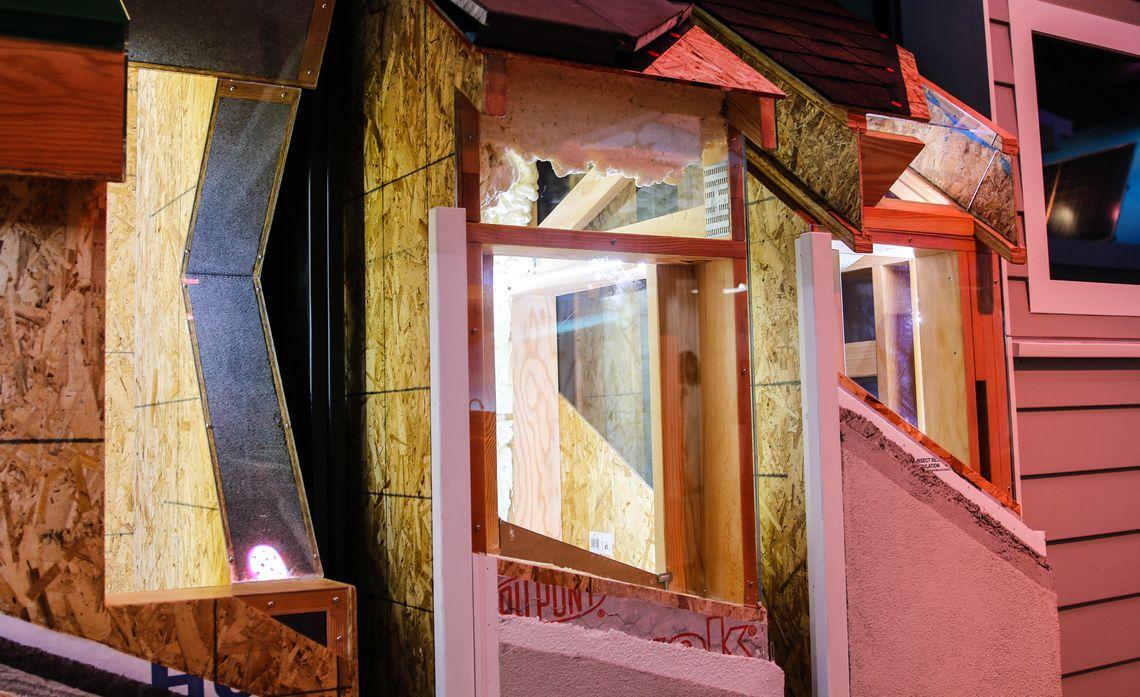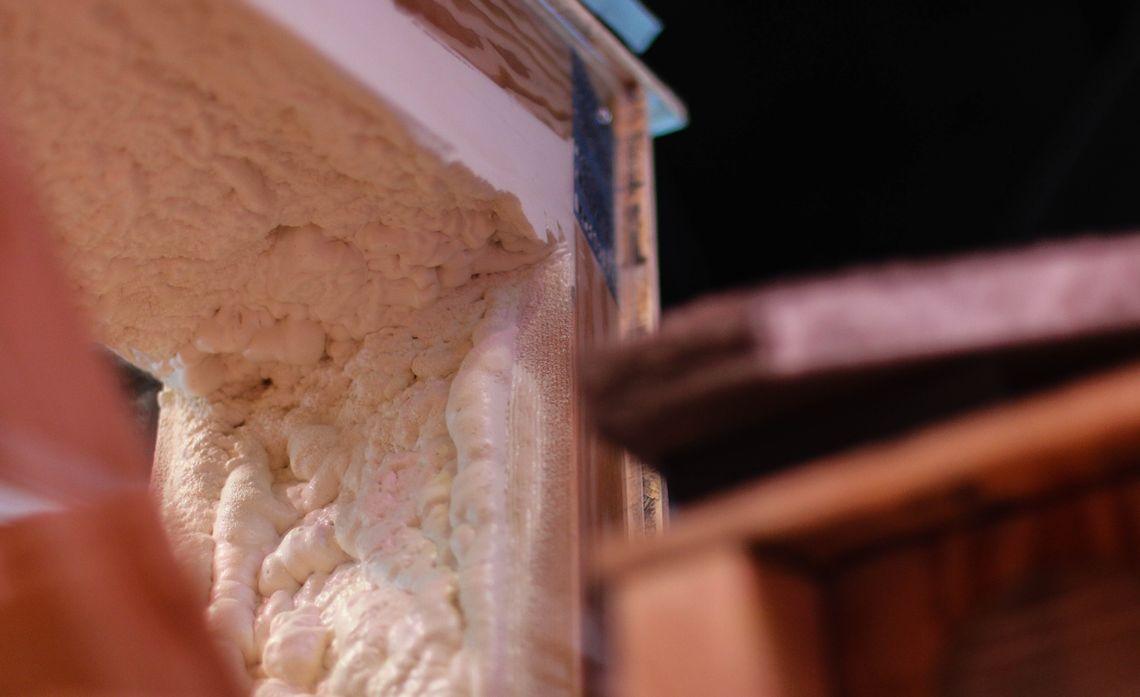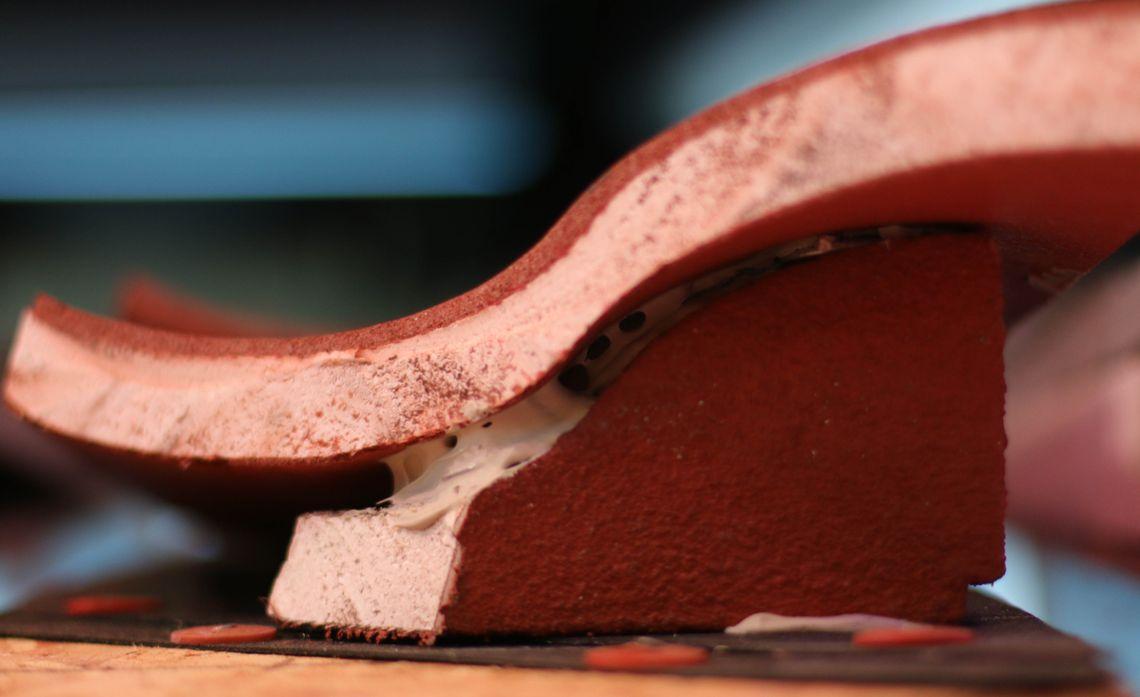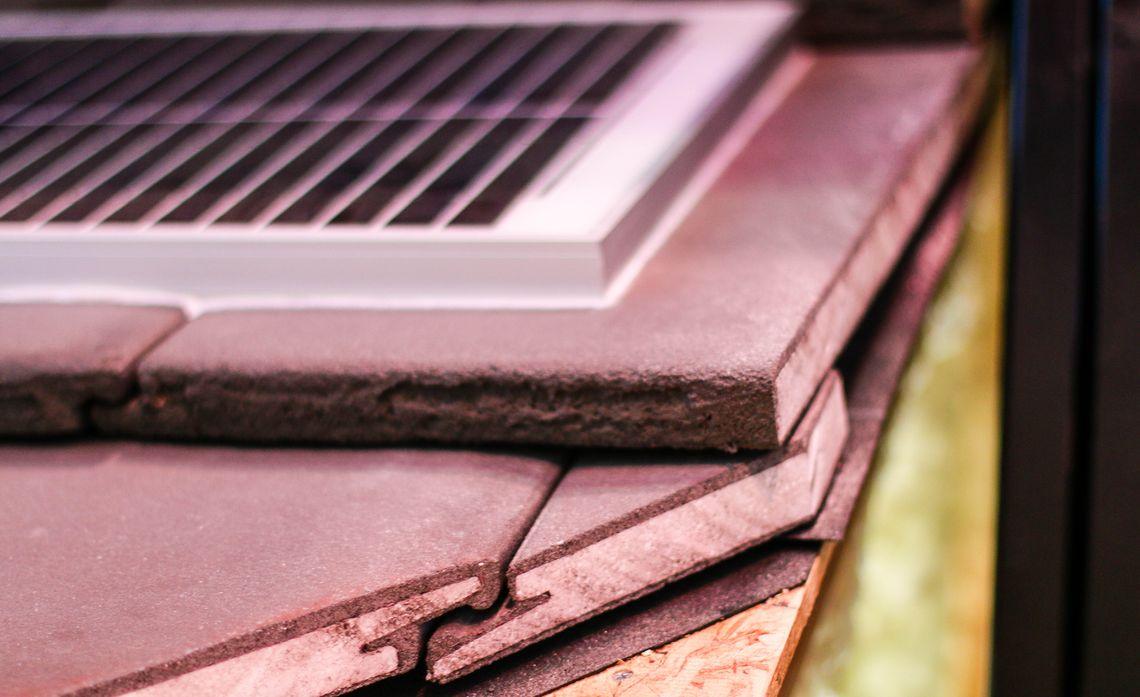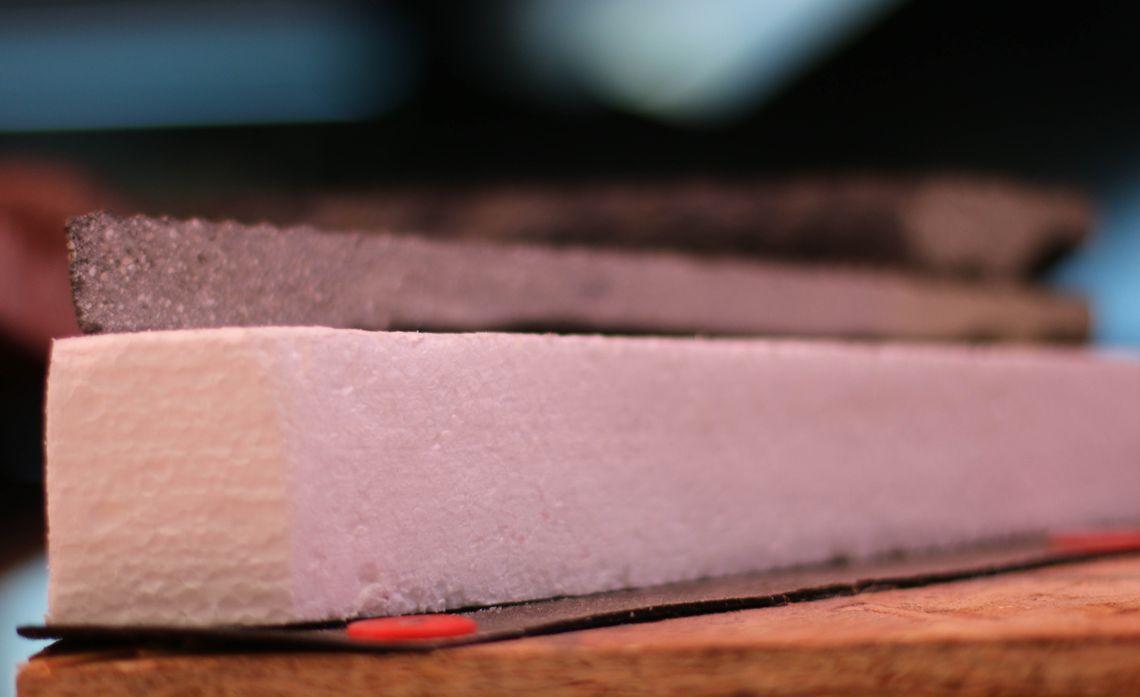SCE Helps Builders Build Energy-Efficient Homes
A new display shows a variety of materials and techniques for builders to use to meet the state’s new energy-efficiency residential construction standards
Originally posted on Inside Edison
Over the years, much has been done to improve the energy efficiency of refrigerators, washers and dryers and other home appliances, but California is now focusing on a bigger target — the construction of the house itself.
In 2020, new state standards will take effect with a goal that future residential construction will be zero net energy — housing that produces about the same amount of renewable energy over a year as it consumes.
One challenge for the building industry in meeting these new energy-efficiency requirements is learning the techniques and materials to better seal attics and roofs so they leak less heat in cold weather or cool air when it is hot.
Southern California Edison created a display at its Energy Education Center in Irwindale that brings together all the techniques and materials available for this new high-performance construction. It is intended for builders, designers, architects, engineers, installers and anyone else associated with residential construction.
“SCE is committed to helping industry and customers meet state energy-efficiency and greenhouse gas reduction goals by providing tools and programs such as this exhibit,” said Mike Marelli, SCE vice president of the Business Customer Division. “We created this display as a teaching tool so the industry can have a one-stop place to go to learn about the new state residential construction standards.”
The 3-D display features eight life-size examples of attic and wall assemblies. Each module uses different construction methods and materials to illustrate various ways energy efficiency can be achieved. The exhibit is being used for energy modeling classes as well as other zero net energy-focused courses taught at the Energy Education Center.
Each cutaway module lets students see how different materials contribute to the overall thermal performance of the wall or attic, a value also known as the U-factor. This lets students observe the effect high-performance walls and attics have on a home’s energy use, while the exhibit gives students a tangible reference as they learn about the measures they are modeling.
Martha Brook, advisor to California Energy Commissioner Andrew McAllister, called the display “fantastic” because it pulls together all aspects of the code changes in one comprehensive exhibit.
“This will really get the trades to learn how to build better buildings,” Brook said at a recent grand opening event for the new display. “That is central to helping the state meet its greenhouse reduction goals.”
Steve Easely, a building energy efficiency consultant, helped design the display and has used it for an SCE workshop on high-performance walls and attics that he teaches at the Energy Education Center.
He said the 3-D display is especially valuable because it’s easier to see what the construction looks like physically rather than reading about how it is constructed.
“A lot of times people can get the conceptual idea, but this really gets into the details,” he said. “It’s a really great teaching tool because people can see it, feel it and touch it.”
David Peery an energy efficiency project manager at TRC Solutions, put it another way: “If a picture is worth 1,000 words, this display is worth 10,000.”
The display can be seen at the Energy Education Center, 6090 N. Irwindale Avenue, Irwindale, 91702, Monday-Friday, 8 a.m.-5 p.m. Free classes about the 2019 energy-efficient construction standards are also being held there throughout the year.

